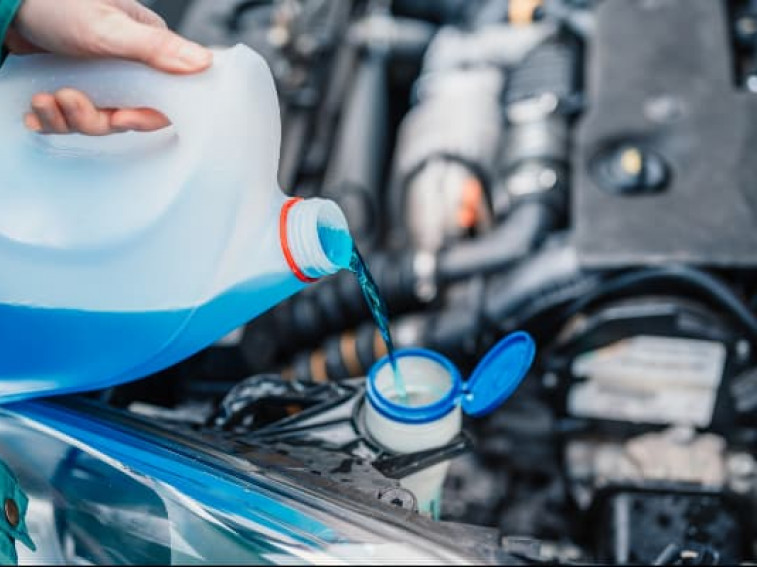Keeping your engine cool is crucial in prolonging its lifespan, especially in extreme weather - and that’s exactly why coolant and antifreeze are quite so important. Whether you’re driving a brand new car or it’s a used car you’ve bought from a private vendor (or through one of our online car auctions), it’s always worth taking extra time to keep it topped up with these essential fluids. So, here’s what you need to know!
What are coolant and antifreeze, and what do they do?
Coolant – Coolant is absolutely essential to your engine’s life, basically because it ensures that it always operates at the right temperature. Over its lifespan, your engine will endure various extreme weather conditions, with the heat of the summer and cold of the winter putting their own kind of strain on its inner workings.
Coolant keeps the engine’s temperature in balance, preventing it from overheating when in hotter temperatures, and warming the engine when it’s cold. Coolant is a combination of water and antifreeze, which is usually equally balanced out at 50% of each. However, in areas that experience colder weather, some manufacturers advise that you use a ratio of 70% antifreeze to 30% water, to prevent the water from freezing.
Antifreeze – Antifreeze is used within the coolant to prevent the water from freezing in cold weather. It’s a glycol-based fluid that protects your vehicle all year round, as it helps to reduce the build-up of scale and stop corrosion in your engine’s interior.
Both coolant and antifreeze have a long shelf-life. However, once you’ve applied them to your engine, they will begin to degrade over time. It’s a good idea to check out the manufacturer guidelines for your vehicle so that you know how regularly you’ll need to check your coolant levels.
How to check coolant and antifreeze
Many new cars will have a warning light on their dashboards, which will light up if there is a problem within the engine’s cooling system. However, if your vehicle doesn’t have a warning light, you can always check it manually by finding your expansion tank. Be careful here - it’s important that you ensure that you’ve located the correct expansion tank and not another cap, as you could end up accidentally mixing it with other fluids like brake fluid or screen wash - definitely not what you want! Once you’ve located the expansion tank, there will be marks that indicate the minimum and maximum amount of coolant. If the current coolant falls within the region between these two marks, your vehicle has sufficient coolant to operate properly. If it doesn't, you may need to top up or change the coolant.
How to change coolant and antifreeze
If you are running low on coolant, or there are visible signs of corrosion, that’s generally when you change the coolant. To do so, you’ll need to take the following steps:
- Ensure that the handbrake of the vehicle is applied, that your vehicle is in first gear, and your engine is cold.
- Raise the front of the vehicle on a jack. Apply jack stands beneath and lower the vehicle into position. You should also remove any shielding.
- Place a drain pan beneath the radiator and undo the cap. Flush the system until there’s no coolant left. It’s also a good idea to you buy a spare drain cock in case your current one breaks when removing it.
- Do the same with the reserve tank, then put this tank back in place.
- Refill the tank with coolant, using the 50:50 ratio of antifreeze and water (or 70:30, if advised).
- Securely reinstall the cap.
- Before you finish, you should check for leaks. If everything is working, you should take the car for a test drive to ensure everything is running smoothly.
Many garages also offer engine coolant services, which will likely be easier than trying to change it yourself. A coolant level will rarely drop suddenly, so a manufacturer may also be able to offer you any advice. Coolant and antifreeze are crucial elements in ensuring your engine, and your vehicle, run smoothly, so it is valuable to understand how they work.
And if the cold weather ever does become too much for your car, rest assured that’s exactly where we can help here at RAW2K. We’ve got a huge range of seized and salvage cars to choose from, with makes and models from a range of manufacturers including Peugeot, Volkswagen and Ford. Why not take a look around our site, and see what you can find?




